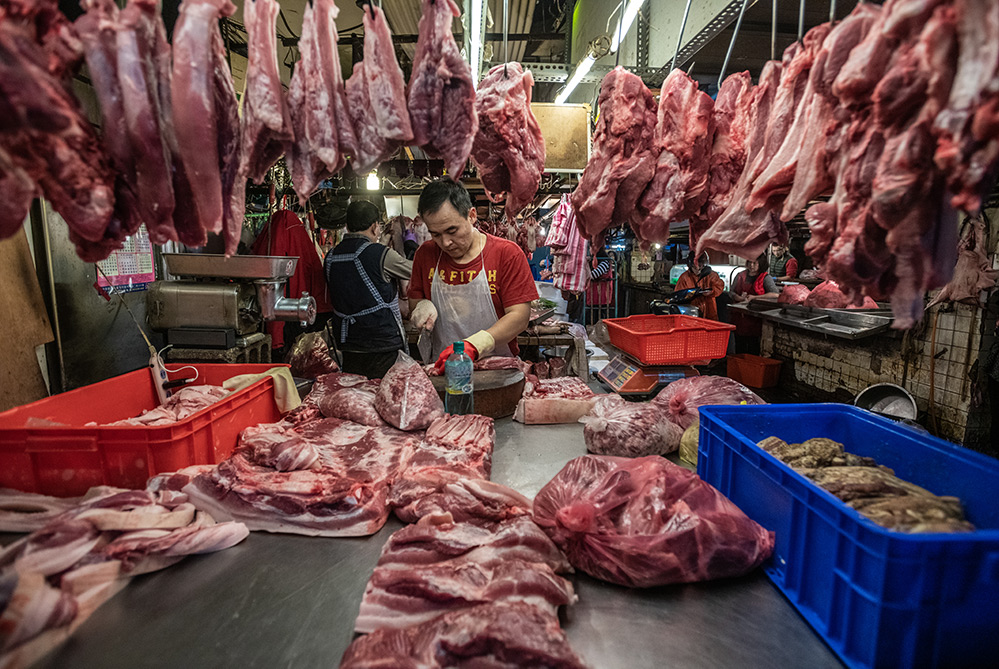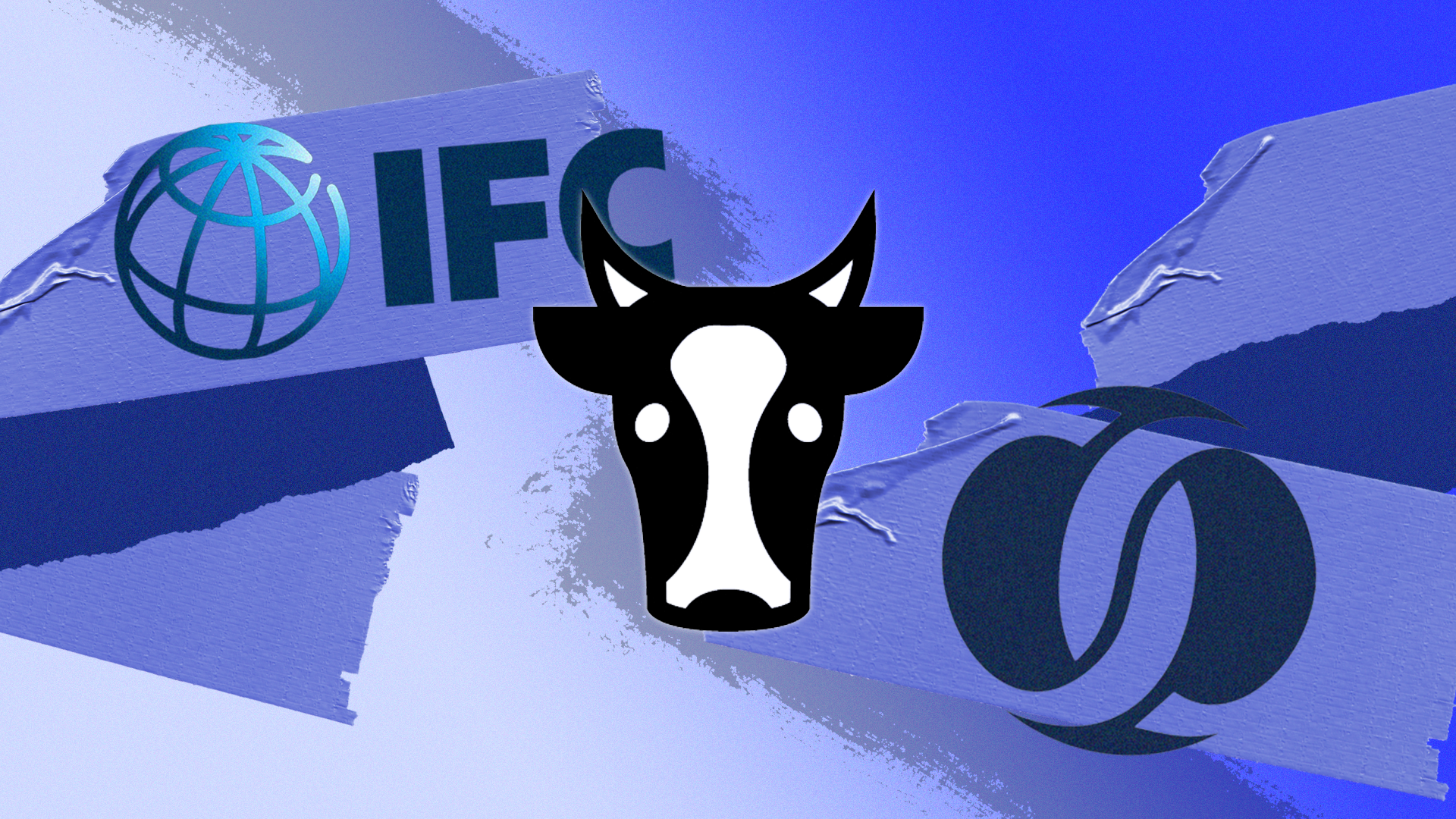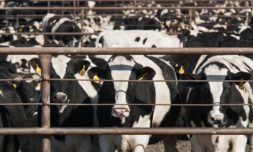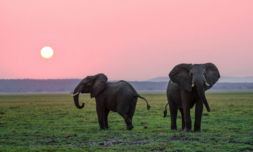A recent investigation has uncovered finance worth $2.6bn pumped into industrial farming by development banks, as environmental concerns butt up against humanitarian projects.
An exposé by the Bureau of Investigative Journalism and The Guardian has revealed that two of the world’s leading development banks have invested billions in the global industrial farming sector in the last decade despite having signed pledges of environmental commitment, and despite knowledge of agriculture’s role in the climate crisis.
As these banks argue, one in five people around the world currently live in poverty. And the most efficient way to get food to the world’s poorest regions is through already extant agricultural channels, many of which involve industrial scale farming.
This is truly development’s constant dilemma: People now, or their descendants? Earth now, or earth in 50 years? Can the long and short-term goals of development be balanced out?
What’s going on
Right now, a large amount of the money funnelled into the aid sector by governments is handled by development banks. These are national or regional financial institutions designed to provide capital to and invest in poor countries, usually affiliated with specific projects.
According to The Guardian, the International Finance Corporation (IFC), which is the commercial lending arm of the World Bank, and the European Bank for Reconstruction and Development (EBRD), who are two main players on the development bank scene, have provided $2.6bn USD for factory farming in the last decade.


The IFC and EBRD have both publicly committed to the accords of the Paris Agreement, and have expounded a heavy climate consideration in all future investment decisions. However, they’ve also publicly committed to projects that feed the hungry. It seems that the two objectives are clashing in a manner the banks claim is difficult to avoid.
An analysis of public records by the Bureau of Investigative Journalism found that the banks have financed companies operating across eastern Europe, Africa, Asia, the Middle East, and Latin America. The dairy sector was the main beneficiary, with various facilities receiving more than $1bn USD, and the pork and poultry sectors also got a decent look-in, racking up over $500m USD each.
The IFC told the Bureau that its aim in these investments has been to cater for the rising global demand for meat and dairy, citing the livestock industry as a key pillar in the fight against worldwide nutrition shortages. The EBRD stated that investing in meat and dairy ensures that food scarcity can be addressed quickly.
Both banks were keen to point out that, in total, their livestock projects have represented less that 1% of its business investment.
This may be the case. And it might be justifiable to invest in livestock projects in countries where meat supply is low and increased meat consumption would demonstrably increase quality of life, such as Ethiopia where the banks did invest. However, they’ve both also made investments in ‘mega-farm’ style production in regions with a high per-capita meat consumption.
The creation of an industrial-scale feedlot in Ethiopia, and investment in poultry in Niger and Uganda can hardly turn attention away from bolstering industrial farming ventures in Romania, Ukraine, and China.























